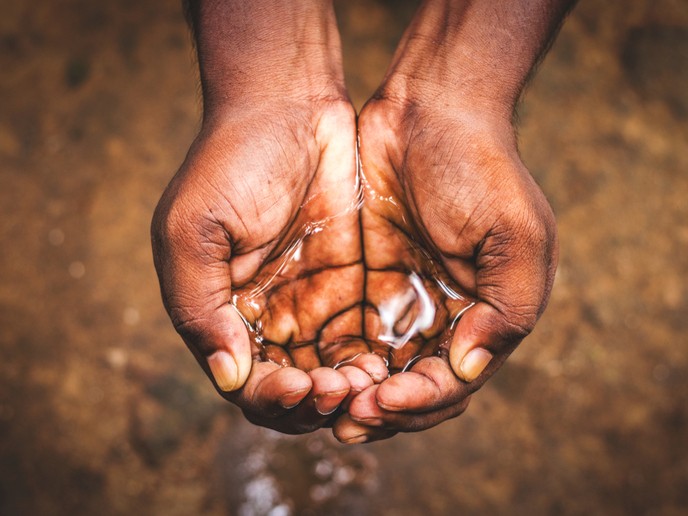New nature-inspired membrane filter offers fresh hope for water recycling
Water stress is an increasing global problem. Rapid urbanisation, population growth and the effects of climate change are all resulting in demand for water exceeding supply. Some regions of the world are responding with water recycling and seawater desalination solutions. But when it comes to water recycling for safe drinking, the range of options is increasingly dependent on membrane filtration. While these systems are effective, the energy required for safe processing makes the operating costs too high for them to be widely adopted, especially in less industrialised parts of the world where they are needed most.
A practical solution to biofouling
Membrane filtration is highly effective for water treatment, producing very clean water as the small pores of the membrane filter create an effective barrier to particles and pathogens. It can also be used to remove dissolved salt from water and in some cases organic pollutants. However, the high pressures often required for the process to operate effectively make it energy intensive and therefore expensive. Another common problem is biofouling, where microorganisms adhere to the membrane and multiply, reducing the effectiveness of the membranes and necessitating downtime for cleaning. Recently, there has been a move towards materials which are inherently resistant to biofouling, to inhibit or reduce biofilm formation. “One strategy is to produce materials which have a nanoscale surface structure, which not only reduces biofouling, but is also antibacterial, inducing bacterial death by stretching their cells over the nanopatterned surface until they rupture,” says ERC grantee Eoin Casey from University College Dublin. With the EU-supported ANEMONE (Antibiofouling Nanopatterned Electrospun Membranes for Nanofiltration Applications) project, Casey’s team produced polymer-based membranes which were inspired by cicada(opens in new window) wings using electrospinning(opens in new window), a method for fabricating nanofibres. Designed for integration into water filtration technologies, their chemical and physical properties could be adjusted. The fibres produced from viscous polymer solutions, with diameters of up to 20 nm (nanometre), not only met the requirements of membrane filtration but also evidenced inherent antibacterial and antibiofouling effects – crucial for producing clean drinking water affordably. ANEMONE’s work was based on the team’s previous investigation into the fundamental mechanics involved in membrane biofouling conducted under the ERC-funded project, AFFIRM. This project gave the team in-depth knowledge about exactly how bacteria behave in the unique setting of the liquid membrane interface. “Our small-scale tests in a laboratory environment have been promising and will now allow the team to move towards producing more advanced prototypes of the technology,” says Casey.
Critical technology for water recycling
If populations are to be protected from environmental threats, including water shortages, new and emerging commercially viable environmental technologies will have to be developed and supported. ANEMONE’s technology will enable clean water to be produced at reduced cost with less use of chemicals, and so promises to be better for public health as well as the environment. The team are now developing a prototype for testing within real-water systems. The demonstration data will provide the proof of concept for potential partners or investors.







